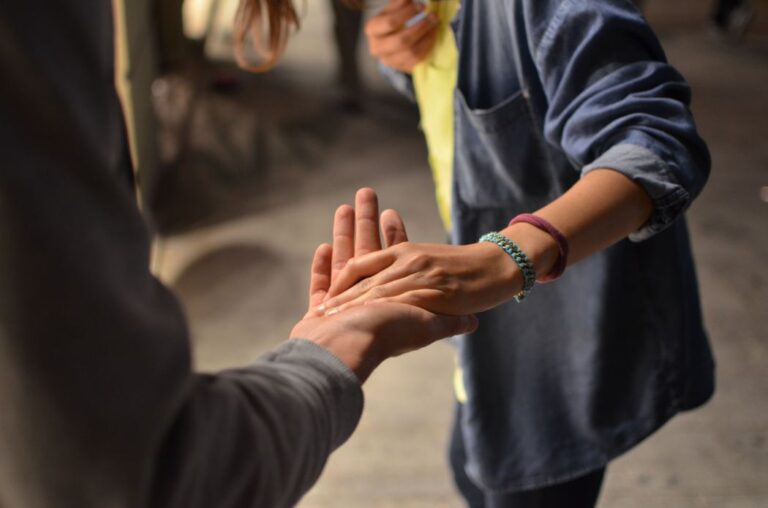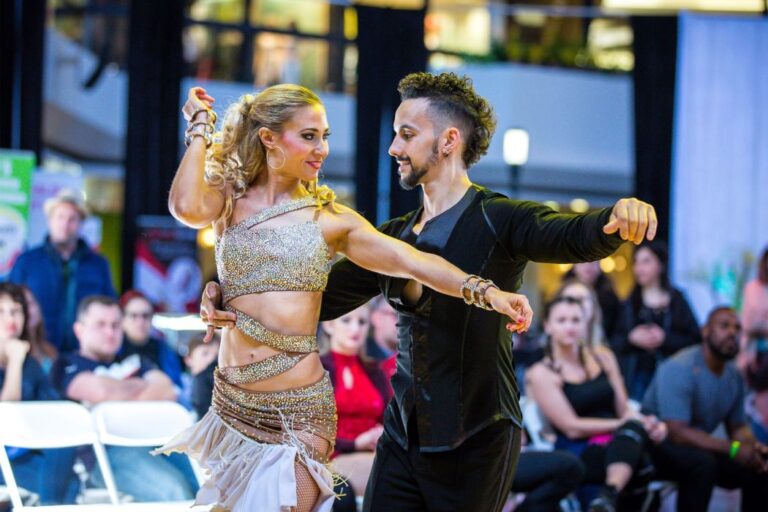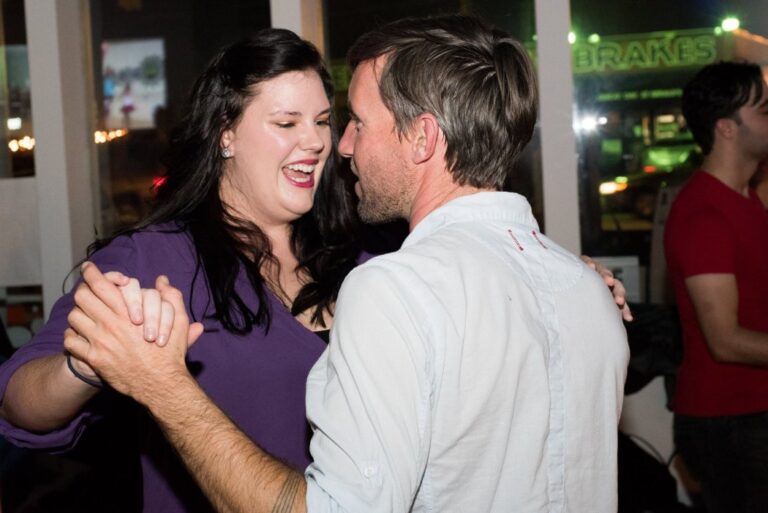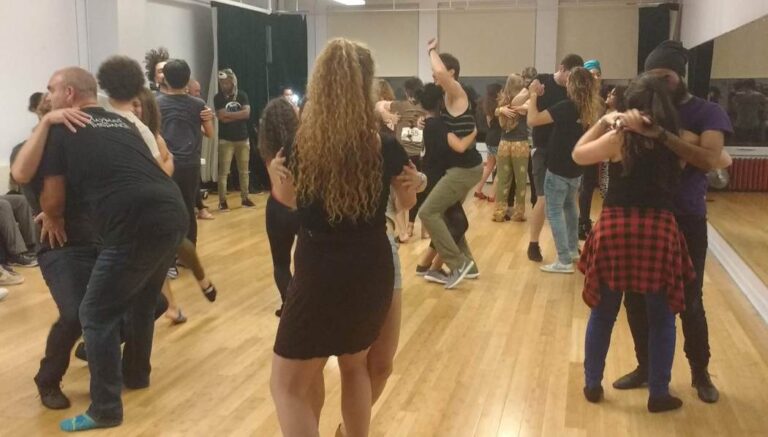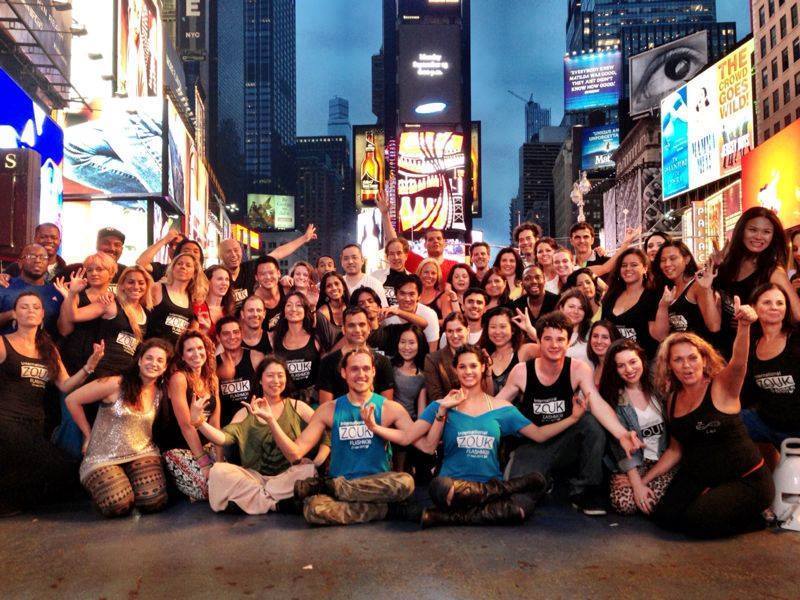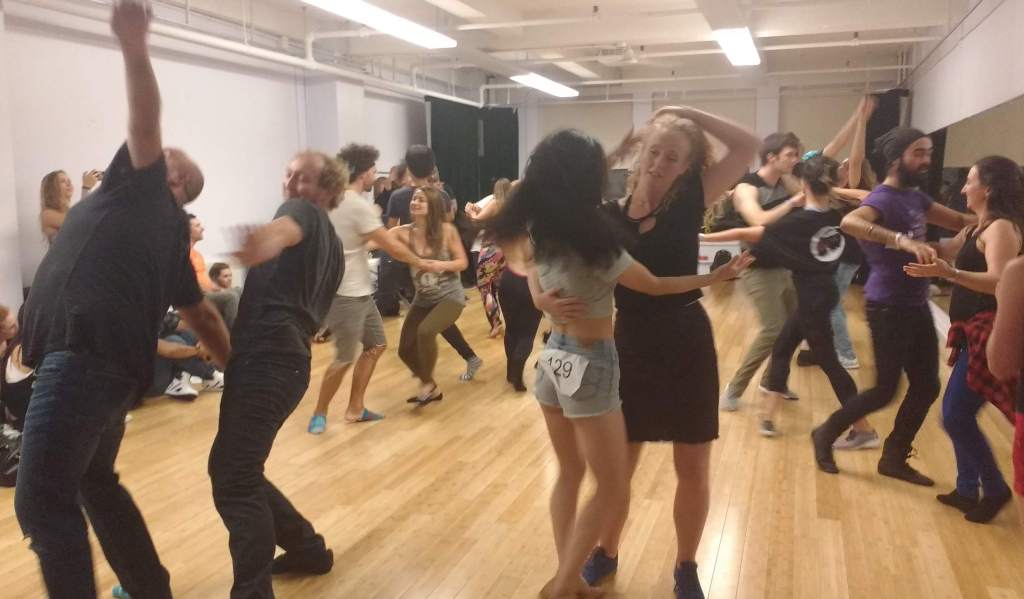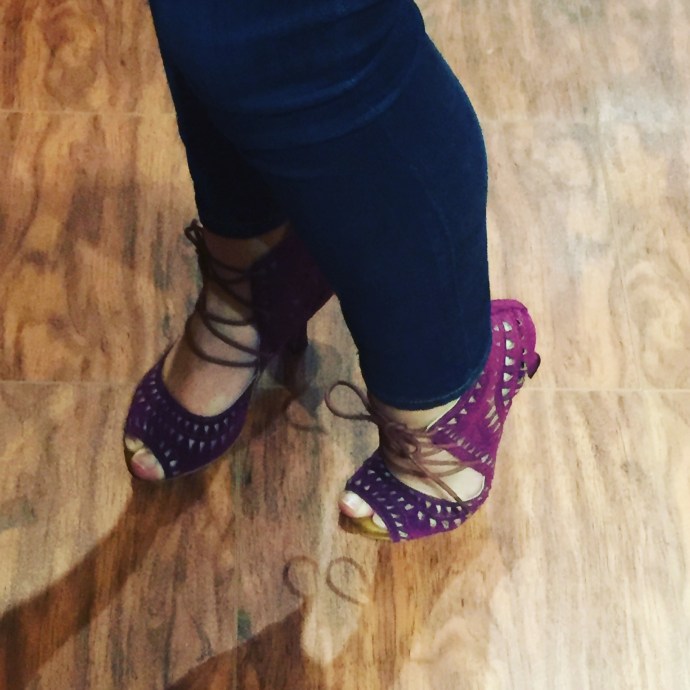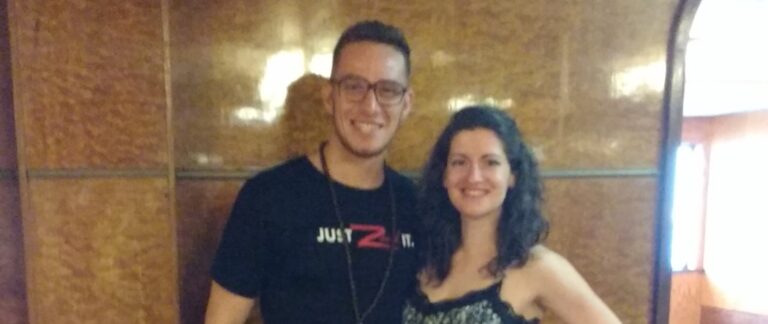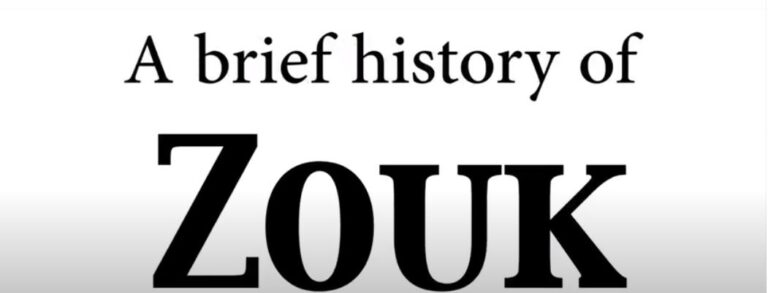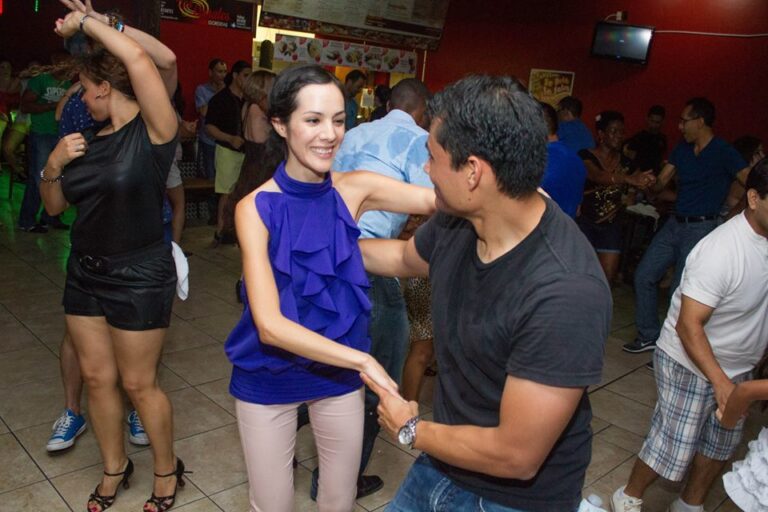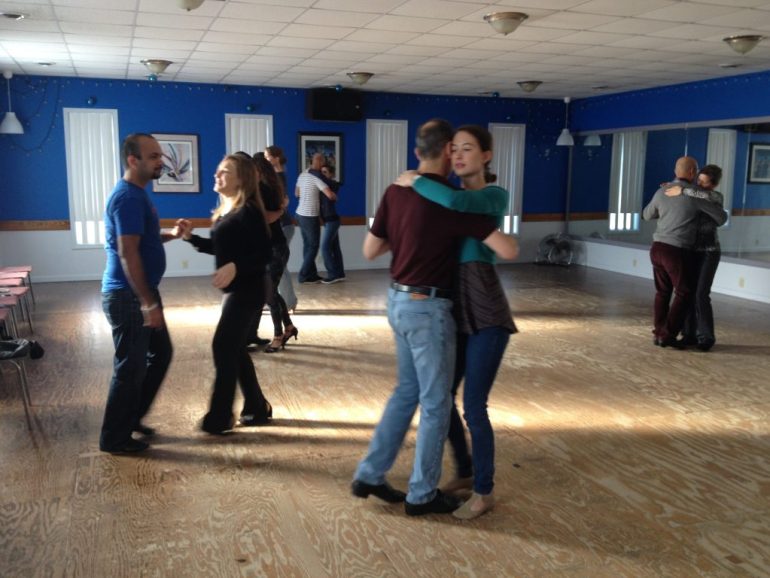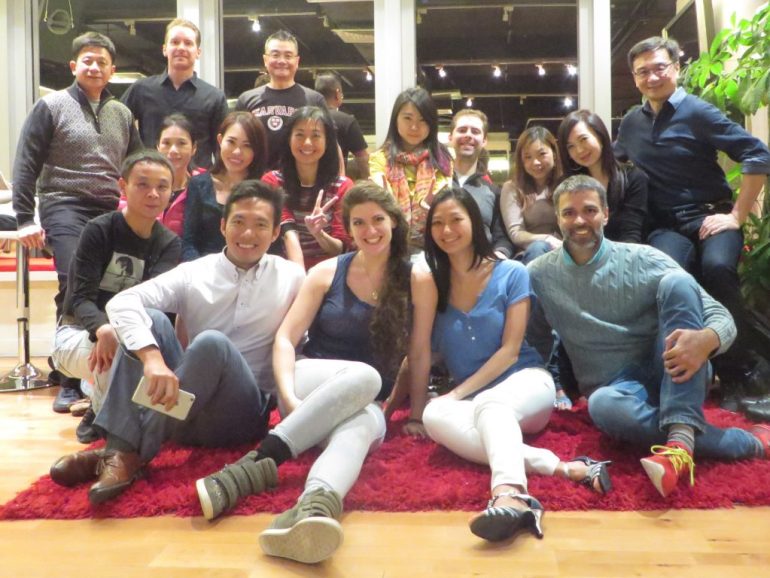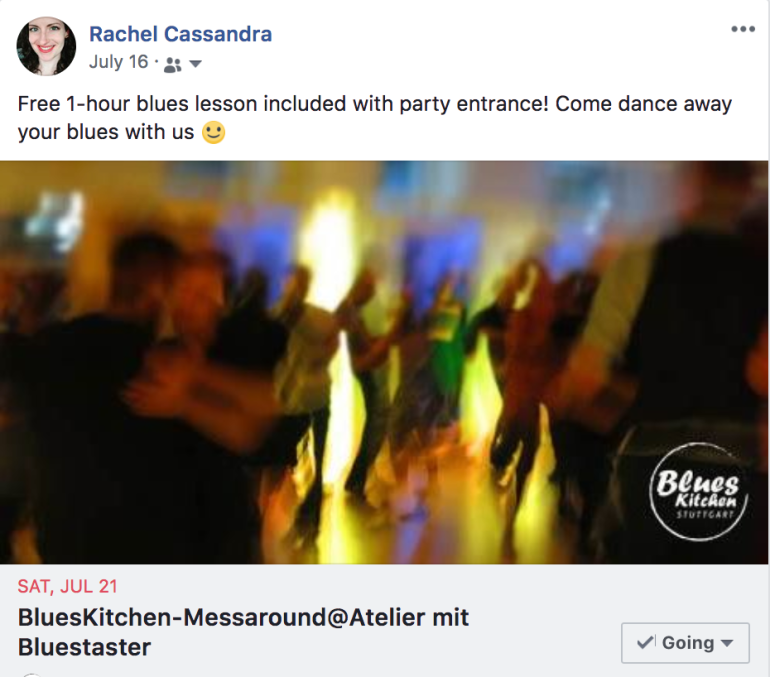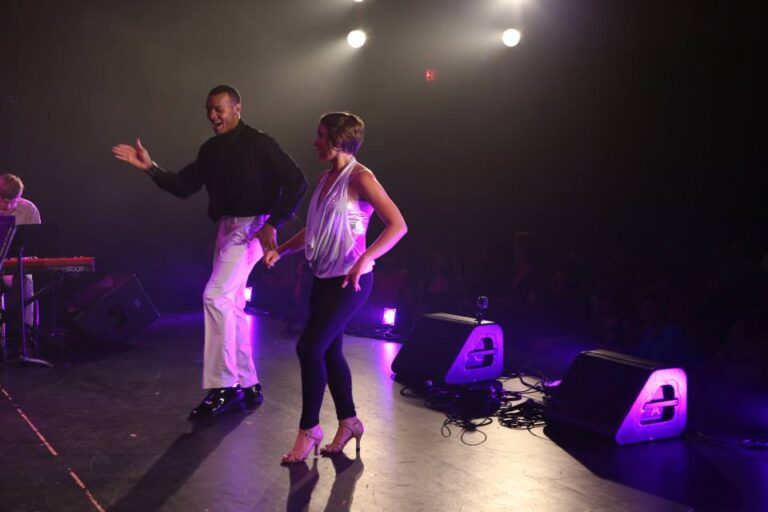Increasing numbers of social dancers are questioning the traditional ideas of dance roles. Yet we still don’t have a consensus about what they should become. I’d like to propose we unpack some of the assumptions that we’ve inherited and explore how we can move toward greater creative freedom.
Traditional Dance Roles
In nearly all partnered dances, the long-accepted understanding of dance roles has gone something like this:
Man = leader = movement initiator = creative director
Woman = follower = movement responder = “the lovely picture in the frame”
In this sort of dance culture, men are in charge of making all the decisions in the dance. They ask a woman to dance, usually with an expectation of acquiescence. They are responsible for planning each move and directing their partner to complete them. This gives them a high degree of creative freedom and control over their dance experiences.
At the same time, it means men carry immense responsibility. Leaders have to dazzle and delight their partners. They are to blame if a dance is dull or if someone gets hurt. If seen as an undesirable partner, they are subject to every possible evasion and excuse.
As for women in this dance culture, they give up agency. They should smile and thank anyone who asks them to dance. There’s no need to plan or decide anything, only keep the connection. In some styles, followers speak of entering a meditative trance, a joyful flow state of movement and music.
Fulfilling this role takes considerable skill, however. Followers aspire to perfectly execute each indicated step, turn, and dip. They practice forms of styling that are certain not to disrupt the leader. Yet the follower role is usually less valued.
There are plenty of historic and cultural reasons that we ended up with this paradigm of dance roles, but nowadays many communities are re-thinking them.
Independent Gender Roles
The most common change so far has been separating gender roles and dance roles. Increasing numbers of dancers believe that everyone should be allowed to choose which role(s) they’d like to learn in class, compete as, and dance for any given song, without consideration for their gender expression or sexuality.
What does that look like? When I attend a class in such a dance culture, teachers talk to “leaders and followers” or instruct “people who want to lead today” or “people who want to follow this round.” When I ask someone to dance socially, I ask if they want to lead or follow. If they decline or if our preferences don’t align in that moment, I ask someone else. If I ask a man to follow me, he isn’t mocked and doesn’t put on a comedic show of femininity. If I ask a woman to dance, it isn’t assumed to be a lesbian overture.
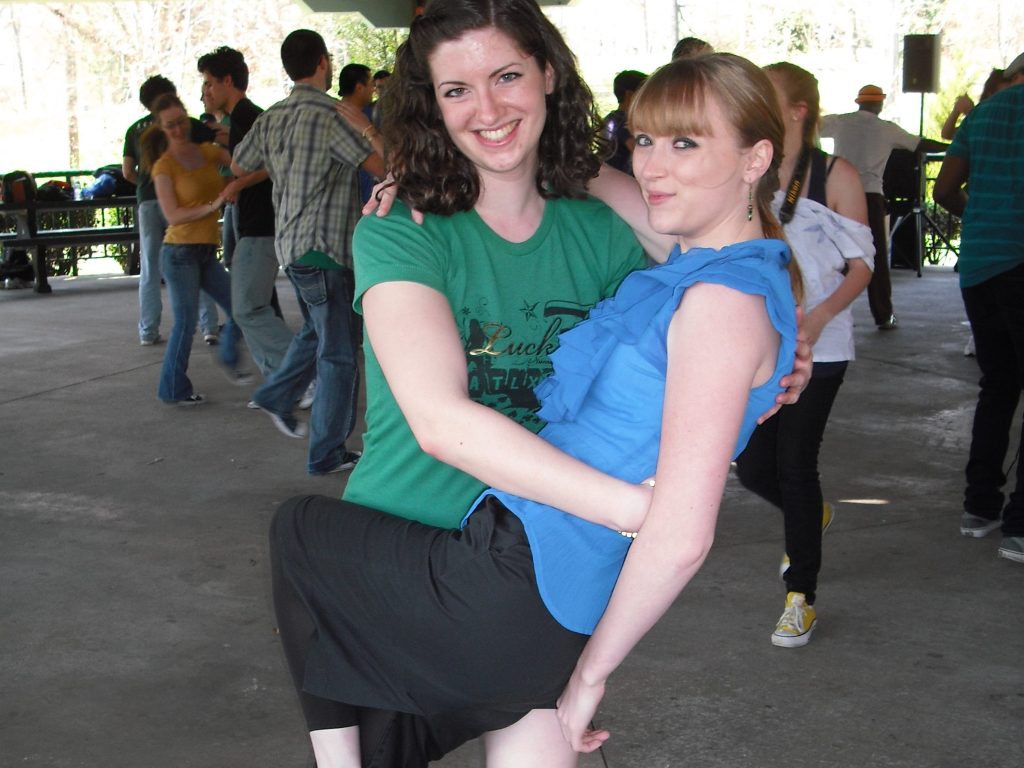
Basically, it’s about being welcoming of people who want to dance either or both roles without asking them to define their gender or sexuality. I think these changes are an important first step in making our communities inclusive of dancers who are trans, intersex, nonbinary (who do not identify as male or female), or anything but heterosexual. But they don’t need to pose a threat to dancers who are comfortable in their “traditional” role. We just open up the full range of possibilities for everyone to try freely. And when we have different kinds of people dancing as leaders and followers, we are sure to see new ideas enter our dancing as well.
All About Leading
Women have had more success in gaining freedom from gendered roles (admittedly not without difficulty); nevertheless, I see us making the same mistake as in twentieth-century feminism. We’ve empowered women to be leaders without valuing the role of following or empowering others to take on that role – much as women have entered business and politics but men are mocked for being caregivers and homemakers.
Fewer men try to learn following, and those who do usually wait until they are well-respected leaders. I think this is both because of the social risk of taking on a “woman’s role” and because we don’t value following very highly.
Switch dancing or “liquid leading” has become popular as more dancers become proficient in both roles. Partners take turns switching between leading and following, trying to make the transitions smooth. I enjoy switch dancing, but I dislike people saying it gives each partner “the opportunity to lead” and “the chance to take a break.” I find it particularly dangerous when people equate leading with speaking and following with listening.
While switch dancing is a fun way to play with role swapping, taking turns leading is not the only way for both partners to have a creative voice in a shared dance. It’s time to re-examine the responsibilities we assign to each role and the respect we give them.
Shared Responsibility And Respect
When we put all the value on the leading role, we also put all the burden on leaders – isn’t that what we mean when we say “It’s always the leader’s fault?” It’s really asking too much, if leaders are meant to plan and initiate every move, make the dance interesting and musical, and protect their partners.
Of course in such a context beginning leaders feel intimidated, starting each dance with an apology for their level. It is only to be expected that followers will seek out the leaders with more experience and skill, who can show them a good time. As a result, high-level leaders can feel so much obligation to serve as entertainers that they stop having fun themselves – resulting eventually in burnout.
From there it follows logically that the following role is less valued. If followers are only trying to be a perfect expression of the leader’s will, then of course they are less important. It makes sense for followers receive little attention in class, being trusted to figure it out when the teacher says: “ladies, just follow.” It’s natural that dancers who feel creatively limited as followers will try leading instead. It’s hardly a surprise that women are often perceived as interchangeable as teachers, hired only as part of a couple or to teach “ladies’ styling.”
We need to move past viewing leading as the only creative or challenging role. Even old-school “pure” following deserves a great deal of appreciation. It’s quite a challenge to be responsive without anticipating and to excel at transforming a direction into just the right amount of speed, rotation, and extension. But there’s lots more room for followers to have a voice in partnered dancing. Followers can also provide the creative energy that fuels a fun, interesting dance.
An Example From Blues
Blues dancing is the style I’ve been learning the longest: for more than ten years now. In that time I’ve seen the scene shift toward encouraging followers to be full dancers and partners. There is still praise for “pure” following, but it has ceased to be the sum total of what followers aspire to.
Our top teachers have been urging followers to take on equal responsibility for listening to the music and bringing creative, interesting movement ideas to the dance. To that end, they’ve been teaching classes that help followers find and express their creative expression while helping leaders learn to listen to and make space for their partners’ voices.
I remember being very intimidated at the prospect of expressing myself creatively as a follower. To be honest, I still sometimes feel that fear about measuring up when it comes time to dance with someone I perceive as an amazing dancer.
At the same time, I deeply appreciate how much more interesting this change has made my dances. For one thing, I don’t need to worry about hunting down the best leaders. I can dance with the newest leader and have a great time. I love seeing them light up as they take inspiration from my movement. I delight in gently surprising them and seeing them take my idea, adapt, and transform it into something new. I find leading much more exciting, too, since I’m not just trying to make my partner do a move correctly. I view my leading as offering a suggestion, and then I wait to see whether my follower will give me a simple execution of the suggestion, do it with their own interpretation of timing or shape, or even create something completely different. It’s playful, collaborative, and non-judgmental.
Co-Creating
When both partners have a creative voice, we often call it conversational dancing. I like that implied metaphor, since it describes an exchange of ideas. Sure, sometimes one partner has more to say or is more excited about a given song or style. Yes, we may interrupt each other, hesitate, or get distracted. What matters is we are both listening to the music and to each other, so we can create a unique dance experience together.
The way that co-creating plays out will be different in every style, of course – in particular the boundaries between inviting a movement and adamantly leading it, or suggesting a movement and back-leading it. At the top levels it’s even possible to be confused about who initiated something, as it’s transformed and adapted and traded back and forth. But that level of sensitivity and creativity requires a lot of time and practice to develop.
I’d like to see this dance role paradigm continue to shift across our social dance communities. We need more classes focused on connection and communication and fewer aimed at getting everyone to successfully complete a choreographed combination. We should challenge leaders not only with new moves but also with learning to listen and adapt to their partners. We should recognize the difficulty of following while giving followers the freedom to be creative dancers in their own right.
We should celebrate sharing the responsibility and delight of creating an enjoyable dance together.
What does co-creating look like in your dance style? Does your scene encourage leaders and followers both to listen and express their creative voices? How have you seen dance roles changing in your scene?
